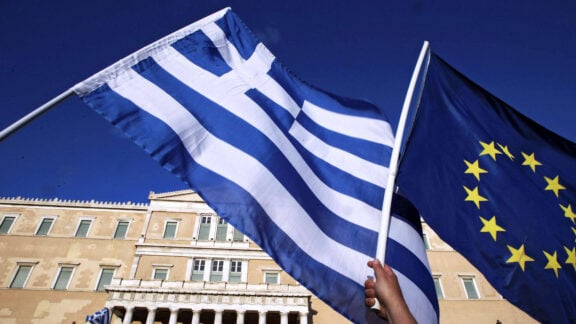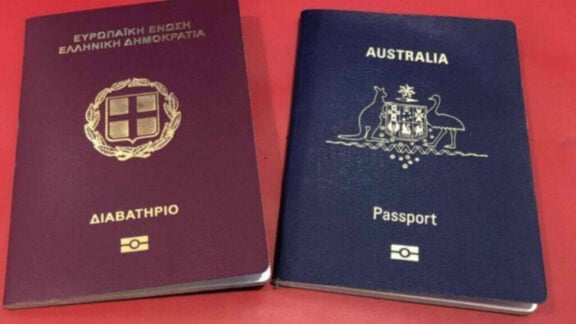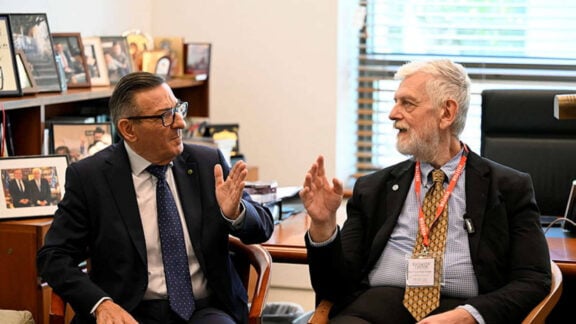The earliest accounts of ‘football’ being played in Melbourne can be found in several sketches of early Melbourne by Edmund Finn, writing under the pen-name Garryowen.
During the 1850s, there were numerous mentions of ‘foot-ball’ in Australian newspapers of the time.
“A match at foot-ball between two sides of 12 each convoluted the sports. The game was all on one side from the beginning, and won easily by Mr Harry and his 11.”
In the 20th century, the first Football Associations were formed and the sport was regularly covered in daily newspapers.
While Australia’s first official international was played against New Zealand in 1922, its first attempt at qualification for the World Cup wasn’t until 1965, and it took until 1974 before the Socceroos made it. It would be another 32 years before the Socceroos would join the world’s elite again.
With limited budgets and resources for football in Australia of the time, there was little opportunity for professionalism, with all players having to balance their football careers with full-time work and family life.
It wasn’t until the end of World War II and the influx of thousands of European migrants that football was made popular on the Fifth Continent, with many bringing their passion for football to Australian shores.
Many joined ethnic-based clubs as a way to make friends, continue links with their old country and play the game they loved. The clubs’ names were associated with their homelands, reflecting the players’ cultural background, and sometimes, games were used to express nationalistic animosities.
The game played in 19th century Australia had been was transformed, with those from diverse cultural backgrounds increasing its popularity. It was their input that took the Australian national team to the 1974 World Cup.
Due to some controversial administrative changes to football in Australia, in 1959 Australia ceased to be officially recognised by FIFA. As a result, Australia was banned from playing international football. In 1963 the dispute with FIFA was resolved, and Australia became a fully fledged member of the world’s governing body .
Australia’s national team nickname, Socceroos, was coined in 1967 by Sydney journalist Tony Horstead in his coverage of the team on a tour to South Vietnam during the Vietnam War.
In 1974 the Socceroos won their way into the World Cup by defeating South Korea, Iran and Iraq, ensuring the country’s first ever participation in a FIFA World Cup.
For Australia’s part-timers, the World Cup was a totally different experience, up against fully professional players from nations where the sport was like a religion.
Coached by Rale Rasic, Australia’s first two 1974 World Cup matches were against East Germany (a 2-0 loss) and hosts and eventual winners West Germany (a 3-0 loss). Against Chile in Berlin, Australia claimed its first World Cup point with a scoreless draw, departing from the 1974 FIFA World Cup without a goal to show from their debut appearance.
Qualifications for the World Cup over the following three decades proved to be a nightmare, with failure after failure.
It took Australia 32 years to finally secure its position amongst the World Cup elite, when it returned to Germany for the 2006 World Cup under Dutch master coach Guus Hiddink.
The 2006 tournament has seen the Australian team achieve its best result ever, qualifying for the Round of 16.
Since then, the team has represented Australia at the FIFA World Cup tournament on one more occasion, in 2010 in South Africa, and will do so again at the 2014 World Cup in Brazil.
When the 2014 World Cup groups were drawn in December 2013, Australia (59th) had a FIFA ranking well behind group opponents Spain (1st), Netherlands (9th) and Chile (15th).
It will clearly be an uphill battle, but, let us be inspired by the 1974 captain Peter Wilson’s words: “Socceroos can do the impossible”. And there is nothing to lose.
*This article appeared in Neos Kosmos’ World Cup magazine, published on June 12.









